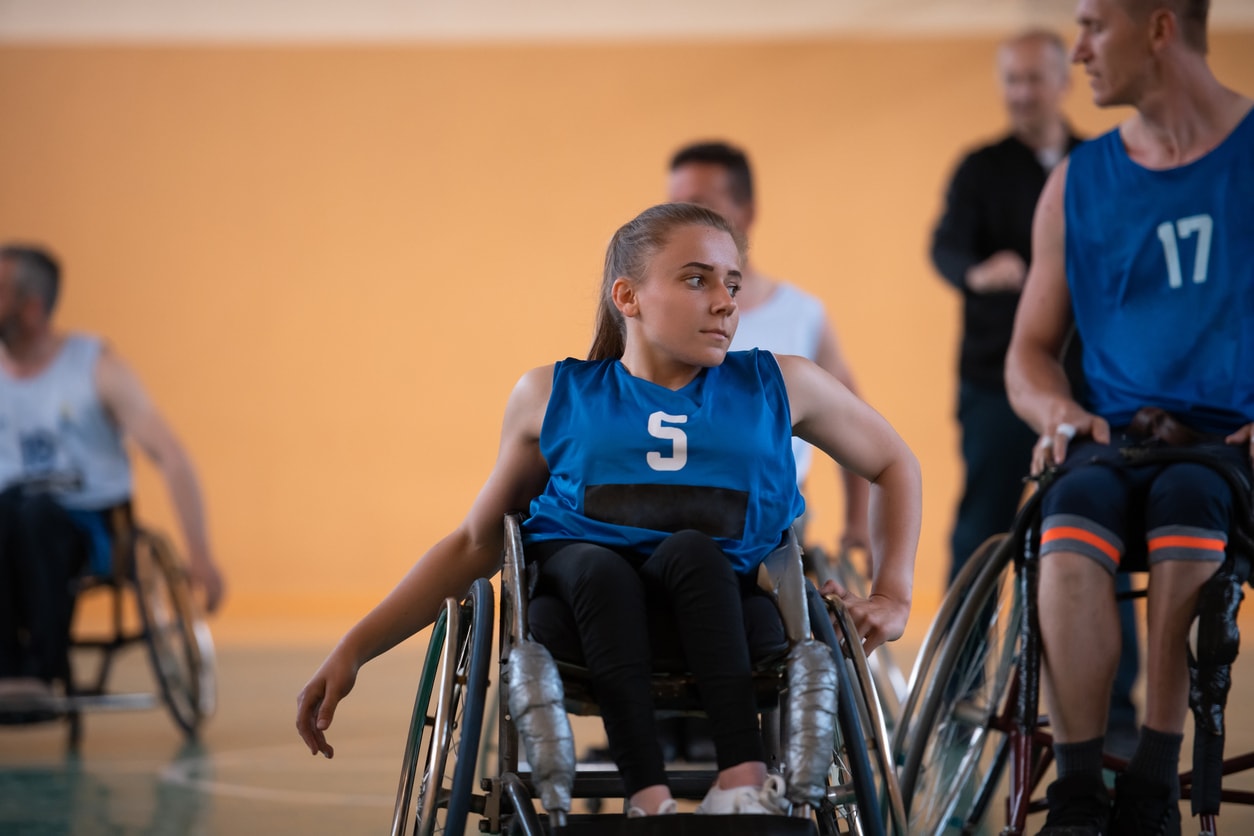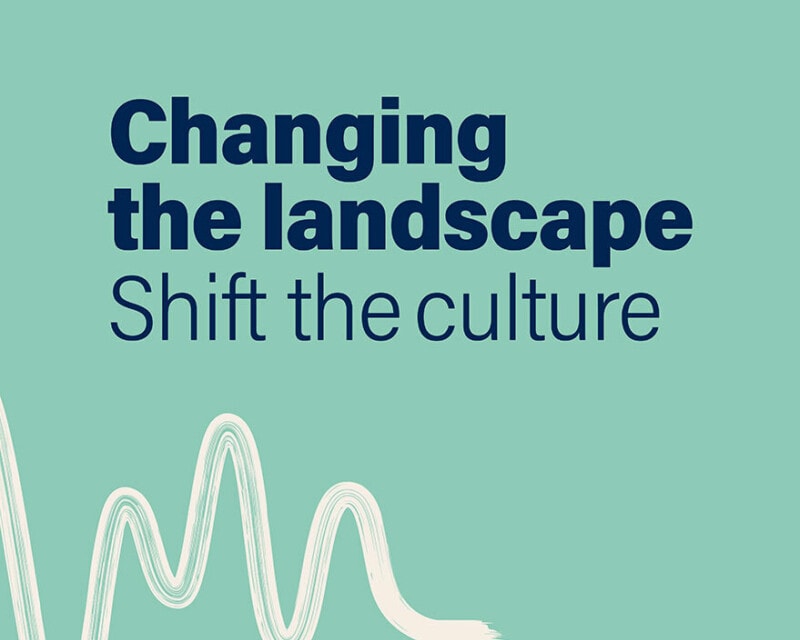Preventing violence against women with disabilities


Violence against women and girls with disabilities is a prevalent, serious and preventable violation of human rights.
It is driven by ‘ableism’, alongside gender inequality – to prevent this violence, we must work to challenge ableism and gender inequality.
Women and girls with disabilities experience violence, abuse and neglect at much higher rates, over longer periods of time and perpetrated by more people, than people without disabilities, or men with disabilities.
Women and girls with disabilities experience many forms of violence. This includes:
All the forms of violence that women and girls without disabilities experience – such as domestic and family violence, and sexual harassment and assault.
All the forms of violence that men with disabilities experience – such as physical violence, restraint and neglect in disability service settings.
Additional, unique forms of violence – such as forced abortion or sterilisation.
Violence against women and girls with disabilities is perpetrated by a range of people, from intimate partners, friends and family, to paid and unpaid carers, health care and disability workers, colleagues, peers and strangers. As with violence against women generally, violence against women and girls with disabilities is usually perpetrated by men who are known to them.
Changing the landscape shows how inequality and ableism ‘intersect’ to drive higher rates of violence against women and girls with disabilities.

Download Report Word version (2 mb)
Ableism is when people without disabilities are privileged, and people with disabilities are disadvantaged and excluded, because of social standards about who is worthy or ‘normal’.
The ‘ableist’ drivers of violence against women and girls with disabilities are:
Negative stereotypes about people with disabilities – for example, stereotypes that people with disabilities are incapable or dangerous can be used to justify restricting or controlling them.
Accepting or normalising violence, disrespect and discrimination against people with disabilities – for example, the ‘halo effect’, where a partner or carer is seen as an ‘angel’ who can do no wrong and any violence they use is dismissed or defended.
Controlling people with disabilities’ decision-making and limiting independence – for example, ‘substitute decision-making’ arrangements that remove control of finances, living situations and social participation from people with disabilities.
Social segregation and exclusion of people with disabilities – such as practices of indefinite and arbitrary detention, where women with disabilities, especially Aboriginal and Torres Strait Islander women and girls, are detained in prisons and forensic psychiatric units, often without conviction.
Watch the video below to learn about how ableism drives violence. This video is from a series of video explainers based on the concepts from Changing the landscape.
Find a detailed description of the graphic below.

Preventing violence against women and girls with disabilities means explicitly addressing these drivers. It is also critical that women with disabilities are involved in all prevention work – and participate fully in leadership, governance and decision-making processes.
To address the drivers of violence against women and girls with disabilities, you can:
Support and resource initiatives led by women and girls with disabilities that challenge ableist and sexist stereotypes, attitudes and systems.
Build awareness and support for the right of women and girls with disabilities to participate in all aspects of society, such as education and employment, on an equal basis to others.
Ensure all prevention work, including community consultation, is inclusive and accessible to a range of audiences and take specific measures to ensure activities do not lead to further harm, disadvantage or discrimination.
Train primary prevention practitioners to understand how to deliver prevention work that is both gender transformative and disability-sensitive. This includes building awareness of any unconscious biases that might make prevention work exclusionary or harmful to people with disabilities.
Our Watch partnered with Women with Disabilities Victoria on a project to translate the evidence base from the Changing the landscape framework into a suite of accessible video, audio and static resources.
These resources and tools support practitioners, disability professionals and governments, as well as broader society, to prevent violence against women and girls with disabilities.
The resources centre the lived experience of women with disabilities and were developed through an inclusive co-design process. They transform the evidence base into action, while strengthening broader application of an intersectional lens in primary prevention work.
There are video explainers, case study videos and a series of audio episodes, as well as infographic posters to download. All videos are also available in Auslan-translated versions.

6 audio episodes
'Shift the culture' is a series of audio episodes that introduce concepts of primary prevention of violence against women and girls with disability.